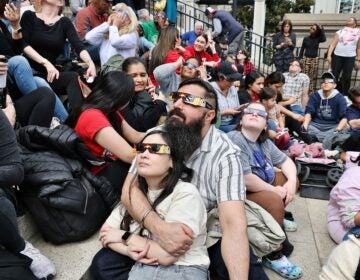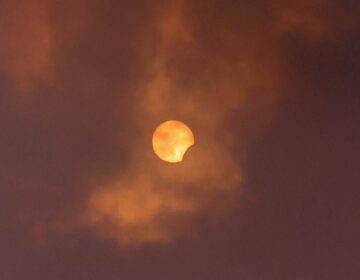Outta Sight!
Listen 00:07:29A supercluster of galaxies was recently found lurking on just the other side of the Milky Way. Only 800 million light years out, it is similar in size to the neighboring Shapley supercluster, itself home to more than 8,600 galaxies. Given that galaxies can have between 100 and 400 billion stars each, researchers are estimating that the Vela cluster could contain between 1000 trillion and 40 quintillion stars!
But here’s the really cool thing: Vela is zooming away from the local cluster the Milky Way belongs to at a ripping 40 million mph!
Its gravitational pull on our local cluster (of 50 galaxies) has boosted our speed by more than 110,000 mph! Already, we are moving at 1.4 million mph.
Sunset times are slowing to the annual minimum coming early next month, while sunrises have about 30 more minutes to lose before we begin gaining minutes of daylight again.
The sequence: earliest sunset, winter solstice, latest sunrise, then up we go to spring!
Wednesday marks an auspicious anniversary – a close encounter for one Elizabeth Hodges. On Nov. 30, 1954, Elizabeth Hodges was bruised by a 10 lb meteorite. It crashed through the roof of her home, bounced around and struck her as she lay on a couch. This is the only recorded instance of a person being directly struck by a meteor fall.
WHYY is your source for fact-based, in-depth journalism and information. As a nonprofit organization, we rely on financial support from readers like you. Please give today.




